The flag of Guatemala encapsulates the essence of the nation’s cultural and historical journey. This emblem, more than a mere symbol, weaves a narrative that resonates with the people of Guatemala, reflecting their collective experiences and aspirations. It is a testament to the country’s distinct character, marking its national and global presence.
Flag of Guatemala
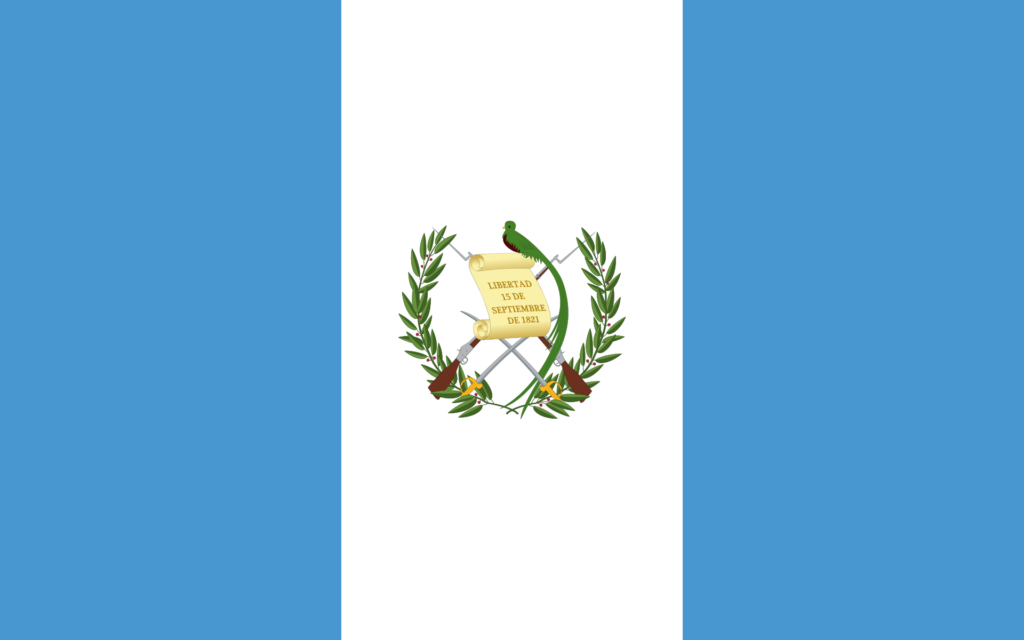
The flag of Guatemala presents three vertical bands with the national coat of arms centered in the middle. This design, adopted in 1871, features symbols of liberty, historical independence, defense readiness, and victory, reflecting Guatemala’s sovereignty and values.
Flag of Guatemala: Color Palette
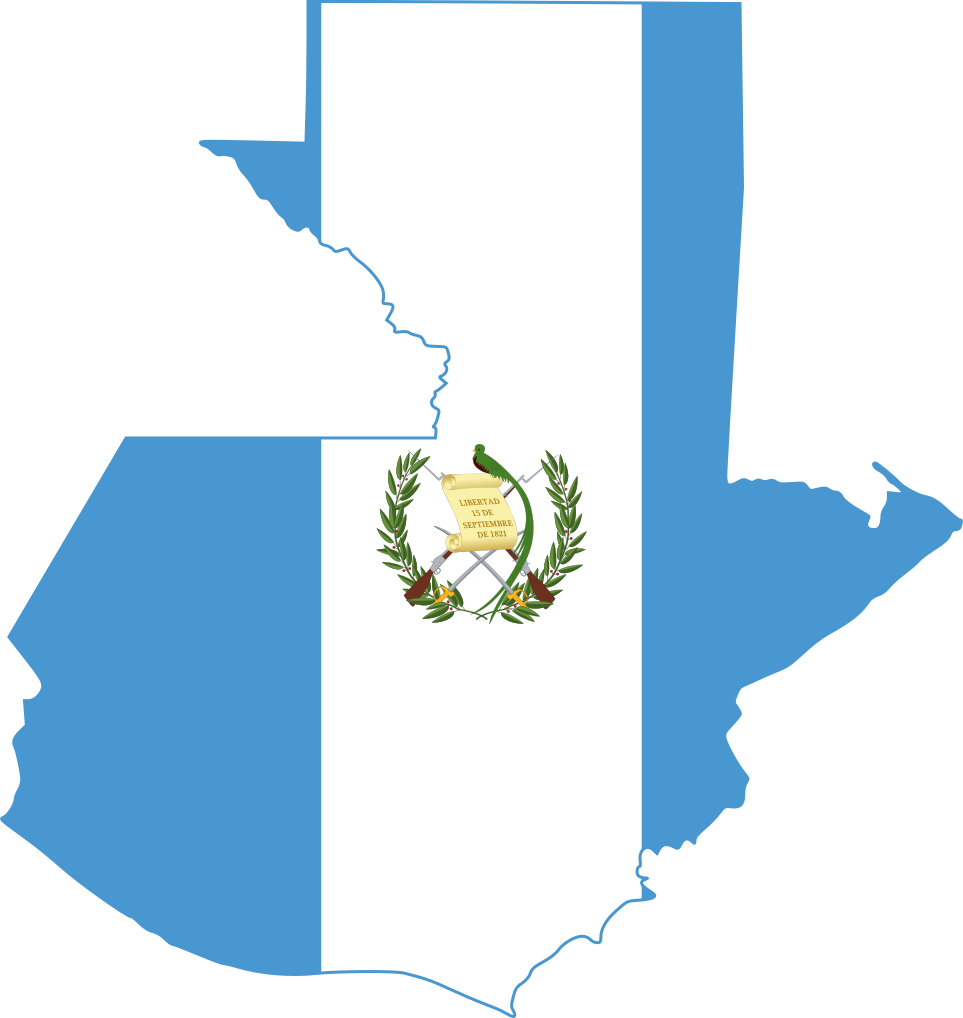
Guatemala Flag Emoji: 🇬🇹
The color palette of the Guatemala flag, composed of distinct hues, plays a crucial role in its symbolism. Each color contributes to the overall narrative of the flag, representing key aspects of the nation’s identity and ethos.
Meaning of Each Color
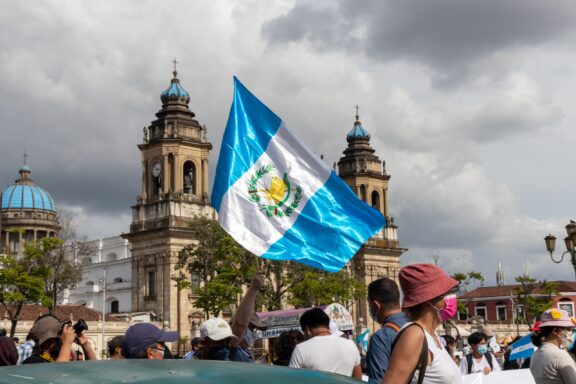
Blue
The blue stripes on the Guatemala flag are rich in meaning. Historically, these stripes symbolize the country’s geographical location between two bodies of water – the Pacific Ocean and the Caribbean Sea. The color blue also represents the sky over Guatemala.
Beyond its geographical significance, the blue in the flag also carries a deeper connection to the legacy of the Federal Republic of Central America, symbolizing the shared history and independence of the region.
White
The white color in the Guatemala flag stands for peace and purity. This central stripe between the two blue bands represents the nation’s enduring desire for tranquility and harmony.
White, as a color, often carries connotations of purity and innocence, which, in the context of the flag, aligns with the nation’s aspirations for a peaceful and prosperous future.
Guatemala Coat of Arms
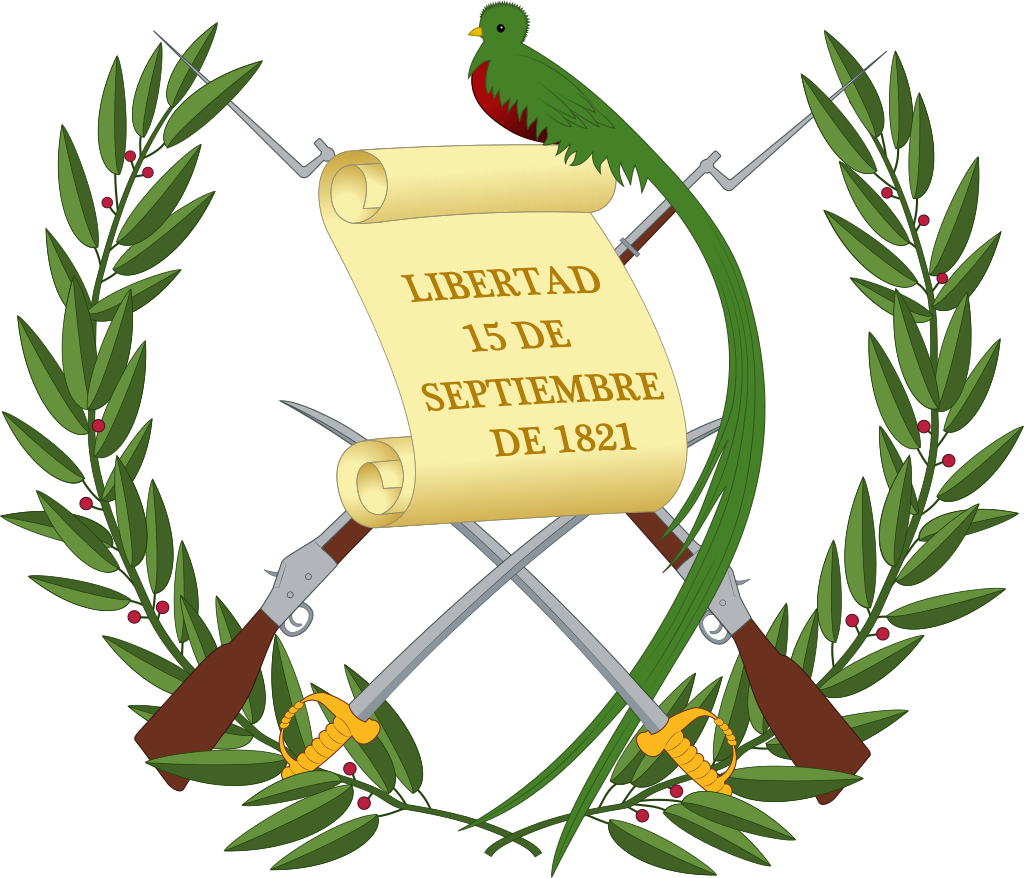
The coat of arms of Guatemala symbolizes the nation’s history of liberation, resilience, and honor. It features the resplendent quetzal, representing freedom and independence, and includes elements that signify defense and victory, reflecting Guatemala’s strength and triumphs.
The emblem also emphasizes the country’s commitment to dignity and bravery, embodying the core values and spirit of the Guatemalan people.
Historical Evolution and the Meaning Behind Changes
The flag of Guatemala has experienced fundamental changes throughout its history, mirroring the nation’s evolving identity. Initially, under Spanish rule, the flag reflected Spain’s influence.
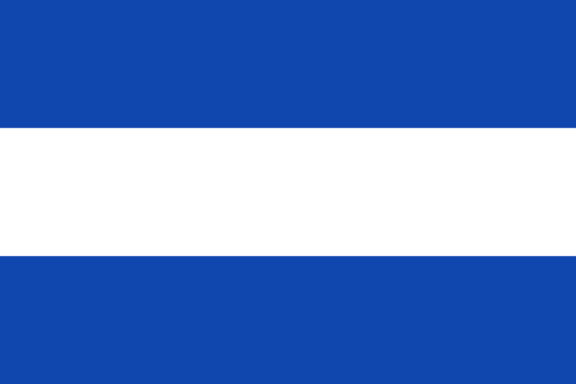
After independence in 1821, Guatemala adopted the blue and white colors of the Federal Republic of Central America, symbolizing unity and independence. In 1851, a change to include red and yellow indicated Spanish influence but was short-lived.
By 1871, Guatemala reinstated the original blue and white colors in vertical stripes, adding the national coat of arms and emphasizing its distinct character and sovereignty.
These changes in the flag’s colors and design reflect Guatemala’s journey from colonial rule to an independent nation, with each alteration signifying political and cultural shifts.
Overall Symbolic Meaning of the Flag
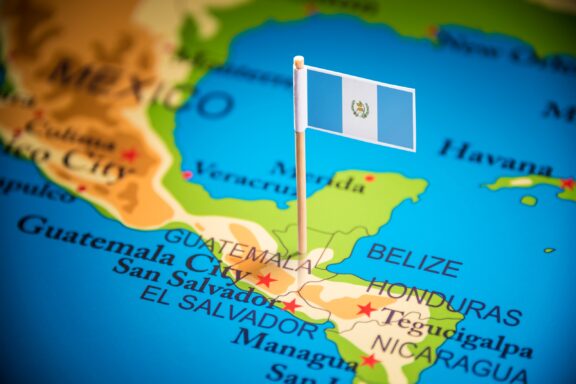
The flag of Guatemala symbolizes the nation’s journey, resilience, and spirit. Embodying its historical roots and aspirations, it represents its people’s collective experiences and triumphs, standing as a testament to their enduring identity and hope for a harmonious future.
Similar Flags to the Flag of Guatemala
Several flags resemble Guatemala’s, reflecting shared historical and geographical connections. Here are some of them:
El Salvador
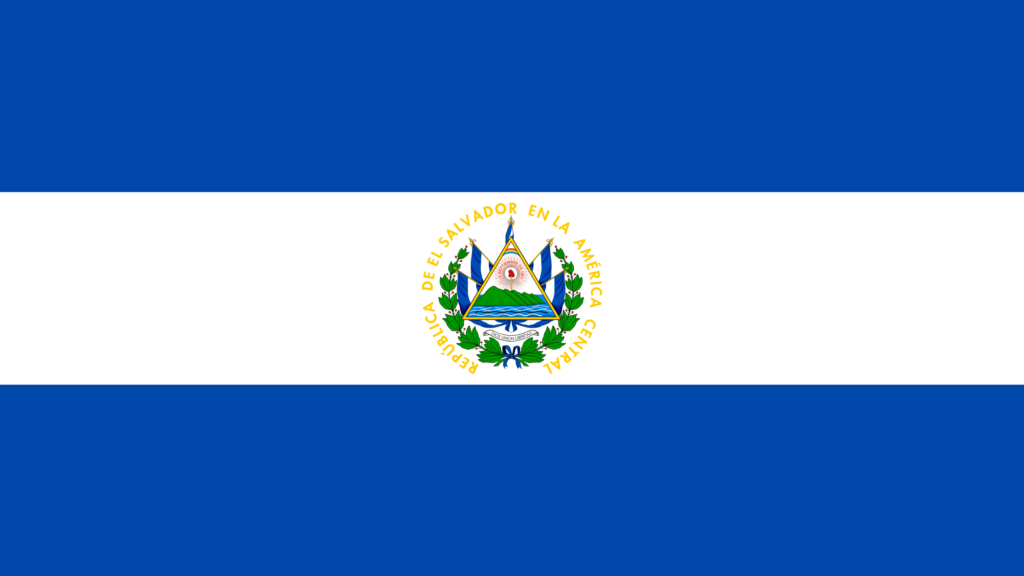
With its blue and white stripes, El Salvador’s flag echoes the legacy of the Federal Republic of Central America, symbolizing a shared history and collective pursuit of independence within the region.
This color scheme represents a familiar narrative of unity and independence, akin to Guatemala’s flag.
Nicaragua
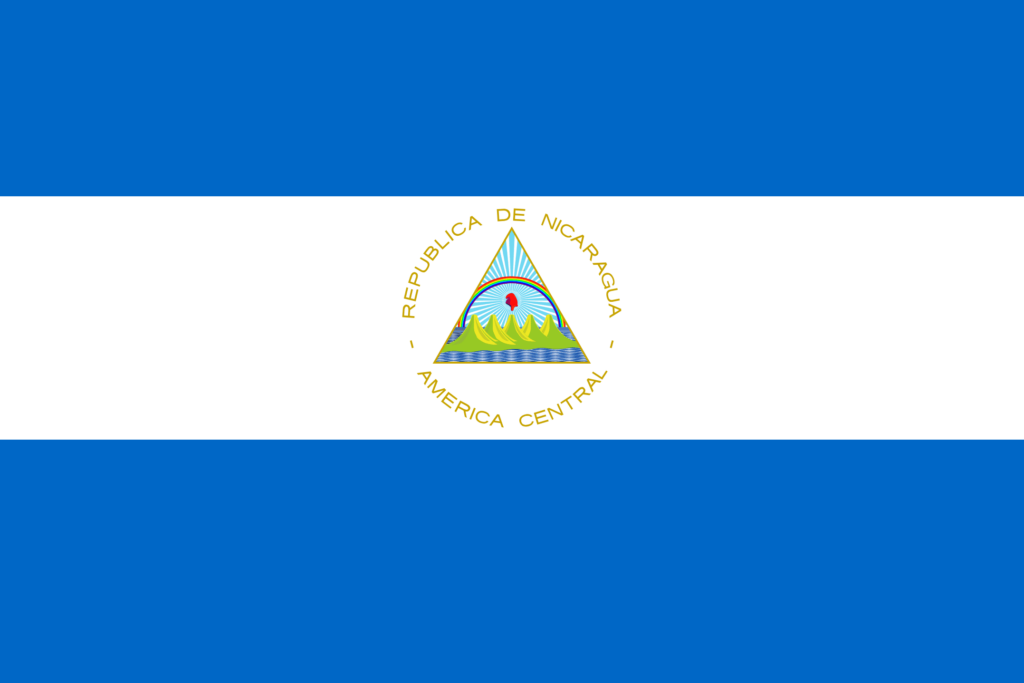
Nicaragua’s flag also derives its blue and white color scheme from the Federal Republic of Central America. The blue stripes symbolize its geographical location between the Pacific Ocean and the Caribbean Sea, akin to Guatemala’s flag, and represent a common bond in their regional identity and a shared narrative of unity and independence.
Honduras
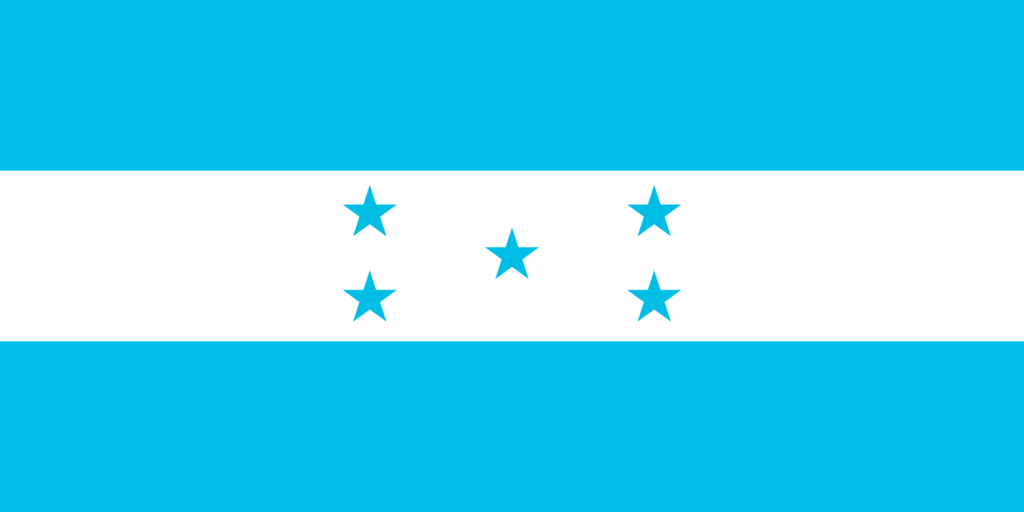
Honduras’ flag features similar blue and white stripes, reflecting its historical ties with the Federal Republic of Central America.
The presence of the white band, much like Guatemala’s, indicates a desire for peace and symbolizes the collective journey toward sovereignty shared among these Central American nations.
Conclusion
The flag of Guatemala, with its blue and white colors and distinctive coat of arms, is more than a national symbol. It encapsulates the nation’s journey, unity, and independence, resonating deeply with its citizens.
Internationally, it showcases Guatemala’s unique identity while sharing historical connections with other Central American nations.
Image Sources and Copyright Information
- Guatemala Flag Waving in Front of Cathedral: © rokosvisualvibes/Shutterstock
- Guatemala Flag Pin on Map: © BUTENKOV ALEKSEI/Shutterstock